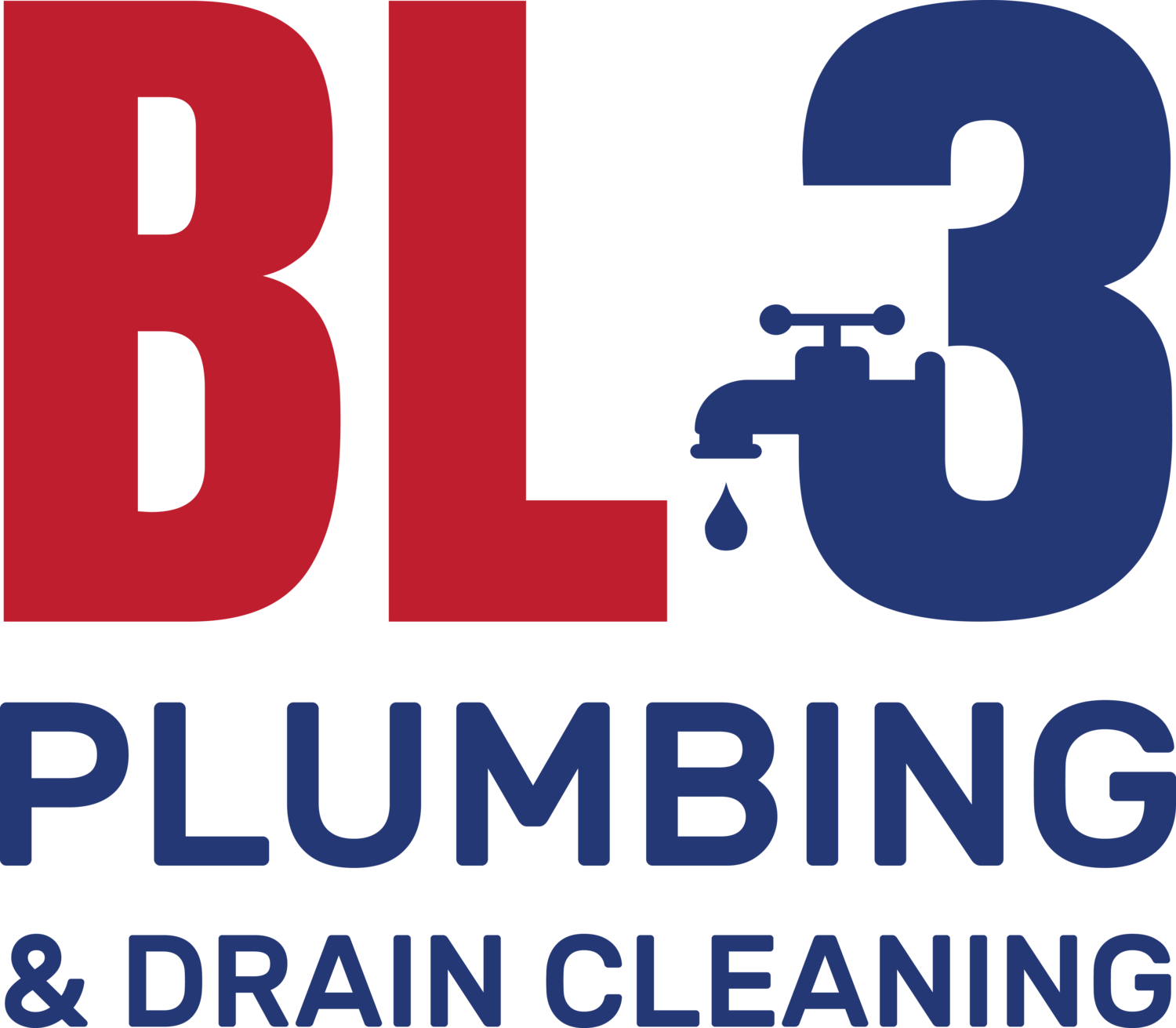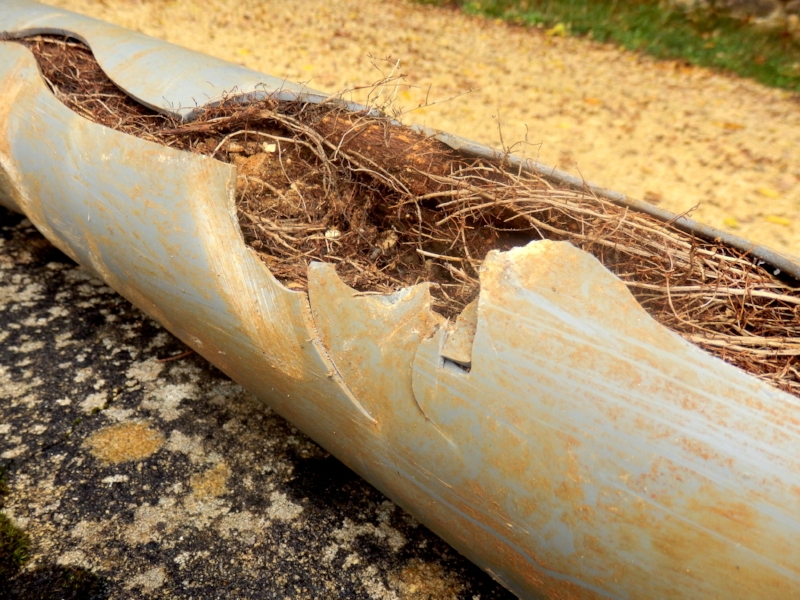Sewer lines are a perfect source of water, nutrients, and oxygen for trees and shrub roots. This can pose a problem, though. If vegetation finds its way into the pipe, it will cause costly and unsanitary issues. The roots serve as a filter stopping large debris such as toilet paper, grease and other disposed items. The backup eventually leads to a serious blockage that can cause structural damage to sewer pipes.
Start by knowing how to spot the problem
Sewer lines are several feet underground and their location is not always apparent — and neither are the nearby roots. What is the house telling you about the pipes that service it? Here are a few symptoms to notice and document:
What does the toilet sound like? After flushing, does it emit a gurgling noise? If so, this is an early sign and it's appropriate to contact a plumber.
Are the drains slow flowing? This is also an early sign of root blockage.
How old is the home? Older homes have a higher risk of roots in the sewer lines. If there appears to be any problems with drainage, homeowners should highly consider seeking out any root blockage.
What happens after flushing a toilet? Does it seem more blocked than an average clog. Or, is it clogging more frequently? If so, it's important to act quickly. Turn off the water to the home. Call a plumber to fix the blockage before it results in a complete sewer line collapse that's costly to repair.
Do you notice any sewer odor smells? There should never be sewer smells in your home or outside. If there is, this could mean there's a crack somewhere in the sewer system.
Are there any uncommonly green patches of grass in the yard? Since sewer is a fertilizer, leakage will give the surrounding area more nutrients. It is important to pinpoint the cause of a leak.
Take action
If the problem is invasive roots, then it's time to take the necessary steps to remove them. One option is mechanically cutting the tree roots with a sewer auger that's sent down the line with a rotating spiral head and reciprocating saw blade. However, this does not prevent future damage.
Another option is killing the roots with chemicals such as copper sulfate crystals. Homeowners can also hire a contractor to use a Hydro Jetter, but this is an expensive process. The Hydro Jetter is a machine that uses and pumps water, sending 17 to 18 gallons per minutes rushing through the pipe to unclog it.
If the sewer line cannot be cleaned or cleared, then it must be replaced. A camera can find the problem area. From there, large machinery is used to dig up the dirt, pull out the damaged pipe and replace it with a new section.
Prevent future problems
Rather than chemical cleaners, fill sinks to the top and drain them twice a month. The water pressure will ensure proper flow and remove waste any sitting waste. Homeowners can also plant sewer-safe shrubbery and trees to prevent expensive repairs.
Know the location of sewer lines on the property when landscaping. Consider planting larger trees that are likely to have longer roots far from any underground piping. Select slow-growing trees to limit the likelihood of the vegetation reaching the pipes such as a Ginko, Bur Oak, Chinquapin Oak, Chittamwood, Caddo Maple, Redbud, Atlas Cedar, Live Oak, Japanese Black Pine or Yaupon Holly.
Install a root barrier on the lateral sewer lines such as:
Growth inhibitors – chemicals that stop root growth without harming the tree or soil.
Deflectors – physical barriers made of heavy plastic or wood.
Traps – metal or plastic screens installed near pipes to stop roots.
Our team at BL3 Plumbing understands that you value being well-informed, making right decisions for your plumbing problems.
If you have any questions concerning potential root damage to a sewer line, call us at 405-895-6640. A team of highly certified and trained professions are available to answer questions and tackle plumbing projects.


